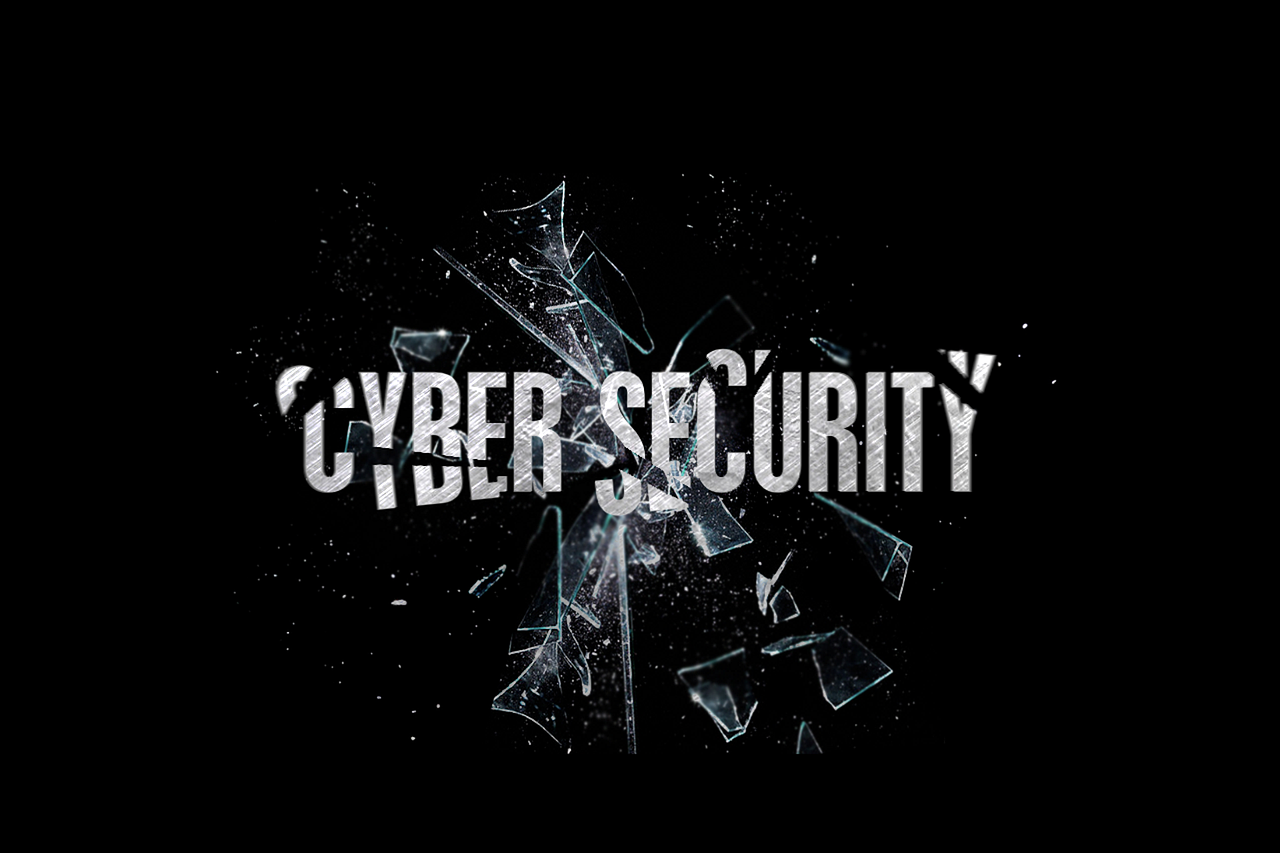
New regulations have been issued under Title IV of the Higher Education Act of 1965 for 34 CFR 600.7 – Conditions of Institutional Ineligibility. The new regulations are effective for fiscal year ending June 30, 2024, and include new compliance regulations for determining institutional eligibility for Federal Student Assistance. These new compliance requirements are based on the institution’s latest completed award year. The compliance requirements state that an educational institution does not quality as an eligible institution if:
- More than 50% of the institution’s courses were correspondence courses.
- 50% or more of the institution’s regular enrolled students were enrolled in correspondence courses.
- More than 25% percent of the institution’s regular enrolled students were incarcerated.
- More than 50% of the institution’s regular enrolled students had neither a high school diploma nor the recognized equivalent of a high school diploma, and the institution does not provide a four-year or two-year educational program for which it awards a bachelor’s degree or an associate degree, respectively.
Institutions do not have to report their compliance with the new requirements to the Department of Education but should maintain documentation of its compliance calculations. The Department of Education provides guidance on calculating and documenting the number of correspondence courses, courses in which an instructor sends course materials to students to complete at their own pace, students enrolled in correspondence courses (refer to 34 CFR 600.7(b)), current enrolled students that were incarcerated (refer to 34 CFR 600.7(c)), and students with neither a high school diploma or its equivalent (refer to 34 CFR 600.7(d)).
When counting regular enrolled students for the required calculations, the institution must count each regular enrolled student without regard to the full-time or part-time nature of the student’s attendance (“head count” rather than “FTE equivalent”). Institutions should only count each student once, regardless of the number of times a student enrolls during the reporting period. Finally, the institution should determine the number of regular students who enrolled during the reporting period and exclude those students who subsequently withdrew or were expelled from the institution and were entitled to receive a 100 percent refund of their tuition and fees.
For institutions with a year end of June 30, 2024, Management should submit a written representation to auditors stating compliance with the new institutional eligibility limitations and should supply the auditor with their calculations of each of the required calculations described above. Your audit team will review and recalculate the institution provided calculations to ensure compliance.
If you have any questions regarding this new requirement you can contact the School Participation Division directly.
In addition to the changes described above, in 2024, there are other new or updated auditing requirements for the student financial assistance program. These changes include the following:
- Pell grants for confined or incarcerated individuals – Effective July 1, 2023, an incarcerated individual who otherwise meets Pell Grant eligibility requirements must also be enrolled in an eligible Prison Education Program to receive Pell funds. See 34 CFR 668, Subpart P for additional information on a Prison Education Program.
- At the time of disbursement of student financial aid, the institution must ensure the student is eligible for the type and amount of the student financial aid. Institutions must have a procedure in place to ensure that a student is eligible for student financial aid when applying for the student financial aid as well as before distribution of the student financial aid.
- Changes to institutions who are under Tier Two arrangements. The institution must perform a required annual credit balance threshold calculation to determine if the institution was above or below the credit balance threshold and evaluate the annual calculation for accuracy.
- Changes to the student loan repayments for HPSL/PCL/NSL, and NFLP programs. Institutions must exercise due care and diligence in the collection of loans. Institutions must timely convert loans to repayment, establish repayment plans, process cancellation requests, and service their loans as required by the Education Department.
If your organization would like to discuss any of the above changes in the federal student financial assistance program please feel free to reach out to your audit engagement manager or partner.





